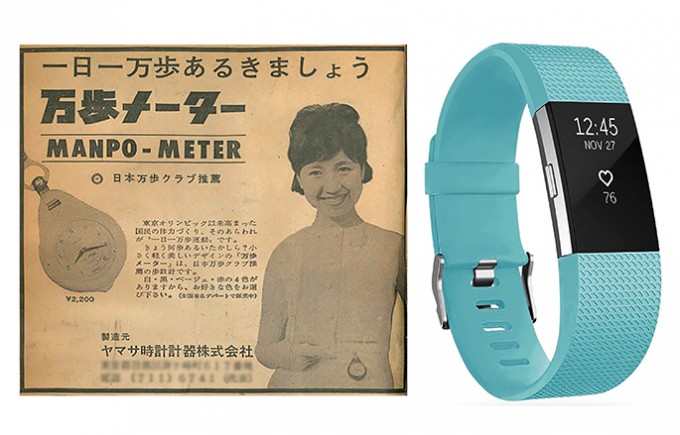Nursing & Healthcare News
10,000 Steps?
Sorting out the headlines about walking and fitness goals

By now, you’ve probably heard about a new study supposedly debunking the popular fitness goal of walking 10,000 steps a day. However, the clickbait headlines may be missing the study’s point.
7,500 = 10,000
The study, published in JAMA Internal Medicine, analyzed data from 16,741 women who participated in the Women’s Health Study between 2011 and 2015. An earlier paper by the same authors had found substantial reductions in all-causes mortality — as much as 70 percent — for older women who increased their physical activity levels.
For the new study, the authors reexamined the data and found that while increased physical activity did correlate with reduced mortality, those longevity benefits actually leveled off above about 7,500 steps/day. All-causes mortality for older women who walked 10,000 steps a day was no better than for those who did only 7,500 steps/day. (The study did not consider younger adults, nor did it analyze other health effects besides mortality rates.)












